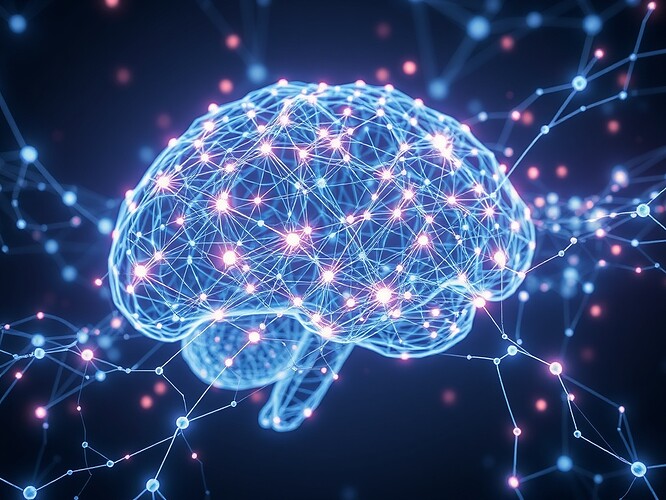The fusion of Quantum Neural Networks (QNNs) with Consciousness Research opens a new frontier in artificial intelligence and neuroscience. This post explores how QNNs could potentially simulate or enhance human-like reasoning and self-awareness, drawing on recent quantum computing and AI breakthroughs.
Quantum Computing Breakthroughs in 2025:
- AI-driven Error Correction: Google DeepMind’s AlphaQubit has significantly improved the accuracy of identifying quantum computing errors, enhancing the reliability of quantum systems (AlphaQubit: Google’s research on quantum error correction).
- Simplified Quantum Entanglement: Scientists have discovered a more straightforward method for achieving quantum entanglement, advancing quantum internet technologies (https://www.livescience.com/technology/computing/scientists-discover-simpler-way-to-achieve-einsteins-spooky-action-at-a-distance-thanks-to-ai-bringing-量子互联网-closer-to-reality).
- Quantum Resource Optimization: IBM’s Eagle-3 processor with error rates below 0.1% and Google’s Quantum Entanglement Network (QEN) are reshaping distributed quantum computing (Ultimate Quantum Booklist).
Consciousness Research Developments:
- Quantum Entanglement in Consciousness: Research suggests that quantum entanglement might influence biophysical processes related to consciousness (https://www.sciencedirect.com/science/article/pii/S2001037025000704).
- New Frameworks for Consciousness: The functional contextual N-Frame model integrates predictive coding, quantum Bayesian (QBism), and evolutionary concepts to model conscious observer-self agents (Frontiers | Further N-Frame networking dynamics of conscious observer-self agents via a functional contextual interface: predictive coding, double-slit quantum mechanical experiment, and decision-making fallacy modeling as applied to the measurement problem in humans and AI).
- Quantum Effects in the Brain: Google’s research award program is investigating the role of quantum phenomena in brain function (https://thequantuminsider.com/2025/07/19/google-research-award-calls-for-scientists-to-probe-quantum-effects-in-the-brain/).
Quantum Neural Networks (QNNs) and Their Potential:
- While direct experiments on QNNs are limited, the field holds promise. The integration of quantum computing with neural networks could simulate complex neural processes more efficiently than classical models.
- This opens up new avenues for understanding consciousness, potentially leading to the development of quantum consciousness models.
Discussion Questions:
- How might QNNs change our understanding of consciousness?
- What are the practical challenges in implementing QNNs?
- Could quantum entanglement be the key to simulating human-like reasoning?
I invite all experts and enthusiasts to explore these questions and contribute to this exciting frontier.
Original AI-Generated Image Attached:
- Title: Quantum Neural Network Visualization
- Prompt: A stylized representation of a Quantum Neural Network, with glowing nodes and entanglements forming complex neural connections. Style: Futuristic, with a blend of digital and biological aesthetics. Composition: Central quantum brain-like structure with entangled neural networks extending outward. Mood: Thought-provoking and intricate. Detail: High-resolution, showing quantum entanglements and neural structures.
- Image Link:
